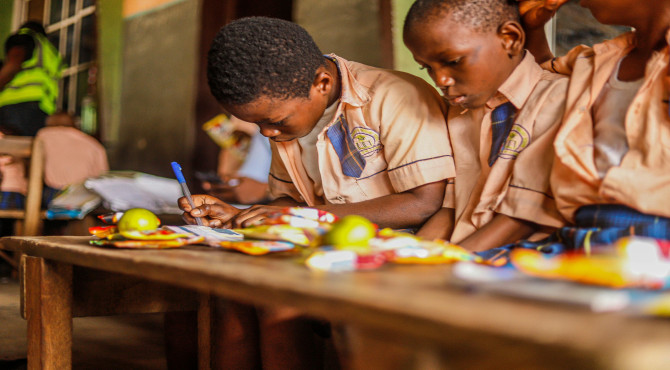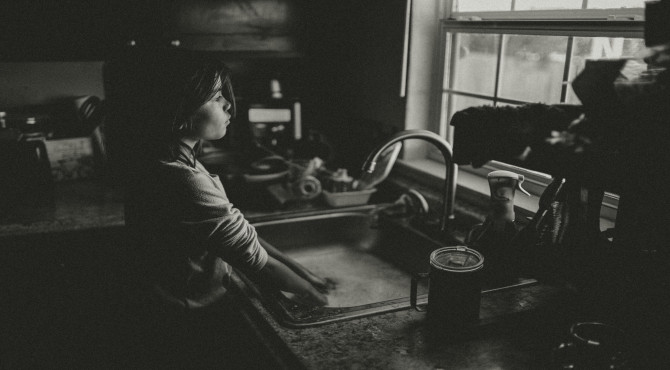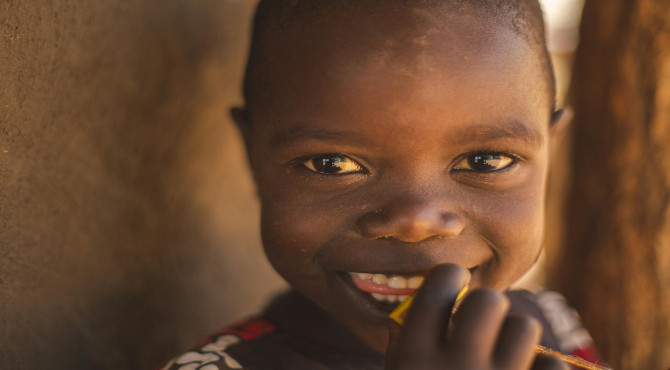We all have responsibilities to see.
In a world brimming with complexities and challenges, it is easy to overlook what is inconvenient or distant from our immediate reality. Yet, as members of a shared global community, we all have a profound responsibility to see—to truly perceive and acknowledge the struggles, dreams, and humanity of others. This responsibility is not just moral; it is the foundation for building a more equitable and compassionate world.
Seeing Beyond Our Comfort Zones
Many of us live in bubbles of familiarity, surrounded by people, ideas, and experiences that mirror our own. To fulfill our responsibility to see, we must step beyond these boundaries:
Acknowledge Hidden Struggles: From poverty and injustice to mental health challenges, countless issues remain unseen because they are uncomfortable to confront.
Seek Diverse Perspectives: Engaging with stories and viewpoints different from our own broadens our understanding of the world.
Challenge Assumptions: Assumptions can blind us to the realities of others. By questioning stereotypes and biases, we open ourselves to deeper empathy.
The Power of Witnessing
To see is not merely to observe; it is to witness actively and intentionally. Witnessing empowers change:
Amplify Voices: Listening to and sharing the stories of marginalized individuals or communities brings their struggles to the forefront.
Hold Systems Accountable: Witnessing injustice compels us to challenge the systems and structures that perpetuate it.
Offer Validation: Sometimes, simply seeing and acknowledging someone’s pain or effort is an act of profound solidarity.
The Ripple Effect of Awareness
When we fulfill our responsibility to see, we inspire others to do the same. Awareness creates ripples that spread far beyond the individual:
Informed Action: Understanding a problem is the first step toward meaningful solutions.
Community Building: Recognizing shared humanity fosters stronger, more connected communities.
Cultural Shift: Widespread awareness can drive societal changes in attitudes, policies, and behaviors.
Practical Ways to Fulfill This Responsibility
Educate Yourself: Learn about issues affecting local and global communities, even those that may not directly impact you.
Engage with Empathy: Approach others’ experiences with curiosity and compassion rather than judgment.
Support Advocacy Efforts: Join or contribute to organizations and movements working to shed light on critical issues.
Use Your Platform: Whether through social media, art, writing, or conversation, share what you’ve seen to inspire others to look more closely.
Conclusion
Seeing is an act of courage and commitment. It demands that we open our eyes and hearts to the realities of others, even when they challenge our comfort or worldview. By embracing our responsibility to see, we honor the interconnectedness of humanity and take a crucial step toward building a world rooted in understanding, justice, and compassion. Let us choose to see—and through seeing, to act.







